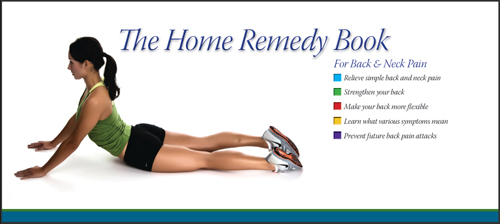- Locations
- Find a Physician
- By Physician
- By Department
- The Center for Spine Health
- Hand & Wrist Center
- Shoulder & Elbow Center
- Foot & Ankle Center
- Joint Replacement Center
- The Sports Medicine Center
- Pediatric Orthopedic Center
- Trauma & Fracture Center
- Osteoporosis and Bone Health
- Oncology Center
- Cartilage Repair Center
- Concussion Rehab Center
- OrthoDirect
- Careers
- Patient Portal
- Intranet
 Overview
Overview
Nerve injuries most frequently appear in the upper and lower extremities. These nerve injuries can be caused by either blunt trauma or sharp trauma. If the nerve remains intact, resting and careful observation may achieve recovery. More severe injuries require surgical reconstruction.
The physical exam is an assessment of the sensory and motor function in the affected nerves. A nerve conduction study called electromyography (EMG) can be performed to evaluate the electrical function of the nerves and muscles and to determine the location and the extent of the injury.
Brachial Plexus and Traumatic Nerve Injury
The brachial plexus is a network of nerves in the shoulder that provides movement and sensory signals from the spinal cord that allow feeling of the shoulder, arm and hand. The nerves supporting the arm exit the spinal column high in the neck and the nerves that support the hands exit lower in the neck.
Brachial plexus injuries typically stem from trauma to the neck, which presents with pain, weakness and numbness in the arms and hands. A brachial plexus injury may result in incomplete sensory and motor function of the involved arm. Patients who have been diagnosed with a brachial plexus injury may require surgery. For most patients, relief from the pain associated with brachial plexus injury is achieved at one or two years following surgery. Click here to view treatment options.








